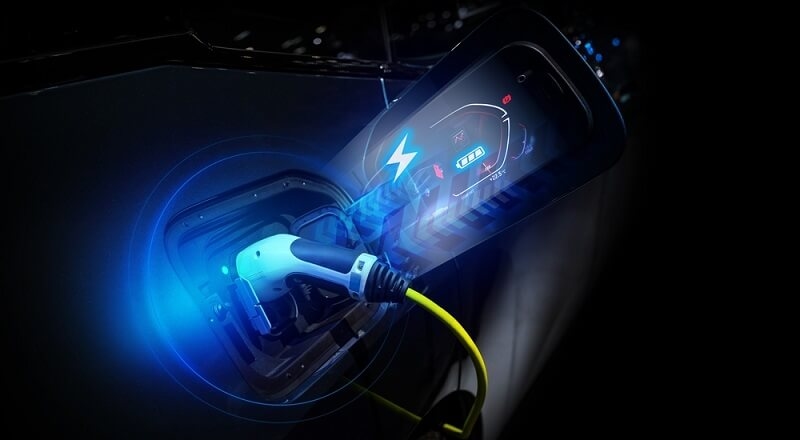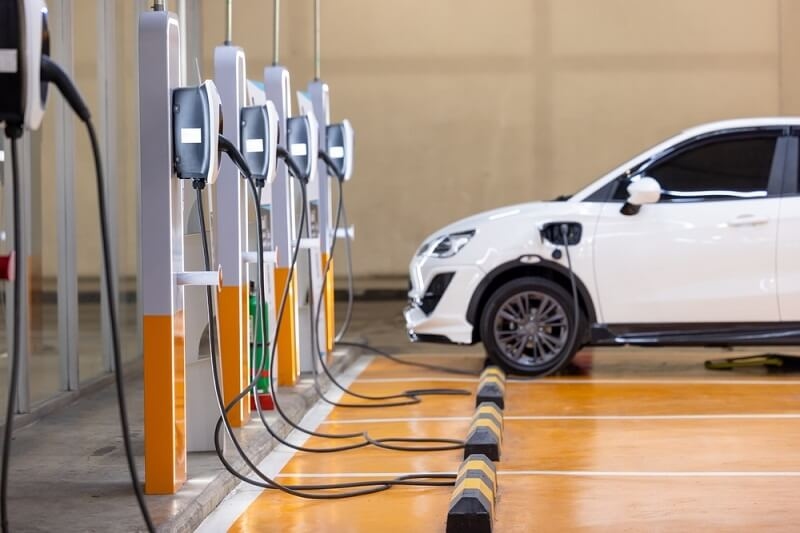
Electric cars have been buzzing around for years. But let’s be honest — until now, most people still saw them as a bit of a niche. Great for tech lovers. Ideal for short city commutes. But not always the obvious first choice. Well, that’s changing. Rapidly.
2025 is different.
This year isn’t just about more models on the road or higher battery ranges. It’s about a mindset shift. Policy, pricing, tech, and consumer confidence are all aligning in a way we haven’t seen before. Call it what you will — an EV tipping point, a market awakening, the dawn of electric domination — but one thing is clear. Electric vehicles 2025 are no longer a side act. They’re becoming the main show.
Let’s break down why.
Numbers tell the story. Last year was strong. This year? Stronger. Analysts aren’t just talking about a bump — they’re talking about a proper surge in EV sales growth across major markets.
More people are buying electric cars, not because they want to make a statement, but because it just makes sense. Costs are coming down. Charging options are going up. And models? There’s something for every lifestyle now — from sleek sedans to brawny SUVs to zippy little city cars.
In the U.S., EV sales are expected to cross the 10% market share mark in 2025. In Europe, that number’s already higher. And in China? Well…
It’s time to stop underestimating China in the EV game. Actually, scratch that. It’s time to acknowledge China EV dominance 2025 as a cold, hard fact.
Brands like BYD, Nio, XPeng — they’re not just flooding their domestic market. They’re exporting. Aggressively. And they’re offering features and pricing that’s making even the legacy Western giants a little… nervous.
What’s changed? For one, battery innovation. Chinese manufacturers are years ahead in producing cost-effective, high-capacity batteries. Their EV supply chains are deeply integrated, and they’ve had strong government backing for over a decade.
The result? A global reshuffling of who’s leading the electric race.
It’s not just a China vs. West story. Global EV adoption trends are showing a broader picture. Emerging markets are jumping in, too.
Latin America is seeing strong interest in smaller electric cars. India’s going all-in on electric scooters and compact EVs for urban use. Africa, while slower to start, is witnessing clever grassroots movements — like retrofitting old combustion vehicles into electric ones.
And Europe? Still a powerhouse. With incentives, urban restrictions on diesel vehicles, and huge charging investments, cities like Amsterdam, Paris, and Oslo are leading the way in EV mobility.
This isn’t one or two regions paving the road. It’s a worldwide shift.
Remember when the only thing anyone cared about was range?
Now, don’t get us wrong — range still matters. But what’s just as important in 2025 is the experience. How does the car actually drive? How responsive is it? Can it hold its own on the highway and sneak through narrow city streets?
Take the Tesla Model 3 Highland. Refined looks, refined handling. A real-world range of nearly 380 miles. Or the Hyundai Ioniq 5 N. 650 horsepower and still manages close to 280 miles on a charge. These are not cars built for compromise.
What we’re seeing now is electric cars growing up. Maturing. No longer quirky prototypes — they’re serious contenders.
Now, we’ve got to be fair. Not every EV is a winner.
Take the Mazda MX-30 R-EV. Ambitious, yes. But a pure electric range of just 53 miles? That’s a hard sell in 2025. The Chevrolet Bolt EUV? Affordable, but doesn’t really meet modern expectations — especially outside the U.S.
Even the Smart #3, while stylish, leaves a lot to be desired once you dig into comfort and tech.
And that’s part of the evolution. We’re no longer grading EVs on a curve. If it can’t hold up to combustion rivals or better EVs, drivers simply won’t settle.
Do Check Out: CVT vs Dual-Clutch: Which Automatic Gearbox is Right for You
If 2025 feels like a turning point, thank policy.
Governments are finally putting their foot down. In the U.S., states like California are sticking to their timeline to ban new gas car sales by 2035. The Inflation Reduction Act is throwing billions at clean energy and EV subsidies. Europe’s Fit for 55 legislation is creating a ripple effect across the continent. And many Asian nations are introducing scrappage schemes, EV tax breaks, and even mandatory electric fleets.
This EV policy impact is changing how manufacturers build, price, and roll out electric cars. It’s nudging hesitant consumers toward electric options. And it’s giving investors a reason to bet big on EV tech.
Without policy? We’d still be crawling. With it? We’re sprinting.

Let’s get real for a second. People aren’t just worried about range. They’re worried about where to plug in. That’s why EV charging infrastructure is everything in 2025.
And here’s the good news — it’s improving.
In the U.S., new federal funding is rolling out 500,000 public chargers over five years. Tesla’s Superchargers are opening up to other brands. In Europe, cross-border fast-charging corridors are already up and running. The UK is targeting 300,000 public chargers by 2030.
It’s still not perfect. Rural areas? Still patchy. Some cities? Still bottlenecks. But we’re at the point now where, if you plan smart, driving electric is no longer a logistical nightmare.
And smart EVs are helping, too. Built-in route planners. Battery preconditioning. Charging slot reservations. Little things that make a big difference.
Let’s talk day-to-day driving.
A good EV in 2025 isn’t just about specs on paper. It’s about how it feels. How it handles bad roads. How reliable the battery is after two winters. Whether the software actually works. Whether the car connects seamlessly with your phone.
The BMW iX2, for example, nails this. Quick, refined, luxurious without being flashy. Feels like money well spent. The Renault 5 E-Tech? Quirky and joyful — but still functional.
And that’s the thing — people are being picky now. In 2020, buyers might’ve taken whatever EV they could find. In 2025, they’re choosing based on value. Style. Tech. Even resale potential.
If an EV can’t tick most of those boxes, it’s not going to make the cut.
Not all the magic is in showrooms just yet. Some exciting names are arriving late this year or early next.
The Polestar 4 is a perfect example. No rear window — just a camera. Massive range. Blistering performance. And yes, the price tag is steep, but this is the kind of innovation that shapes future designs.
Then there’s the Kia EV5. It’s practical. It’s modern. It’s positioned to hit the family SUV sweet spot at a decent price. The Volkswagen ID.7 Tourer? Estate car practicality meets cutting-edge EV tech, with a stunning 424-mile WLTP range.
These aren’t concept cars. They’re production-ready. And they’re coming for every corner of the market — budget, luxury, performance, you name it.
Also Read: Autonomous Vehicle Trends 2025 and the Rise of AI Cars
Here’s the thing. 2025 isn’t the end game. But it’s the year the tone shifts.
Electric cars aren’t just a future ideal anymore. They’re a now decision. Infrastructure is catching up. Tech is maturing. Costs are balancing out. And most importantly, consumers are no longer skeptical — they’re curious. Open. Even excited.
That’s how real revolutions begin.
2026 and 2027 will bring even more. Solid-state batteries. Smarter grids. Second-life uses for EV batteries. More circular production processes.
But 2025? This is the spark. The year the auto industry stops talking about transition and actually leans into it. And for those still on the fence — well, you’re going to be outnumbered soon.
This content was created by AI